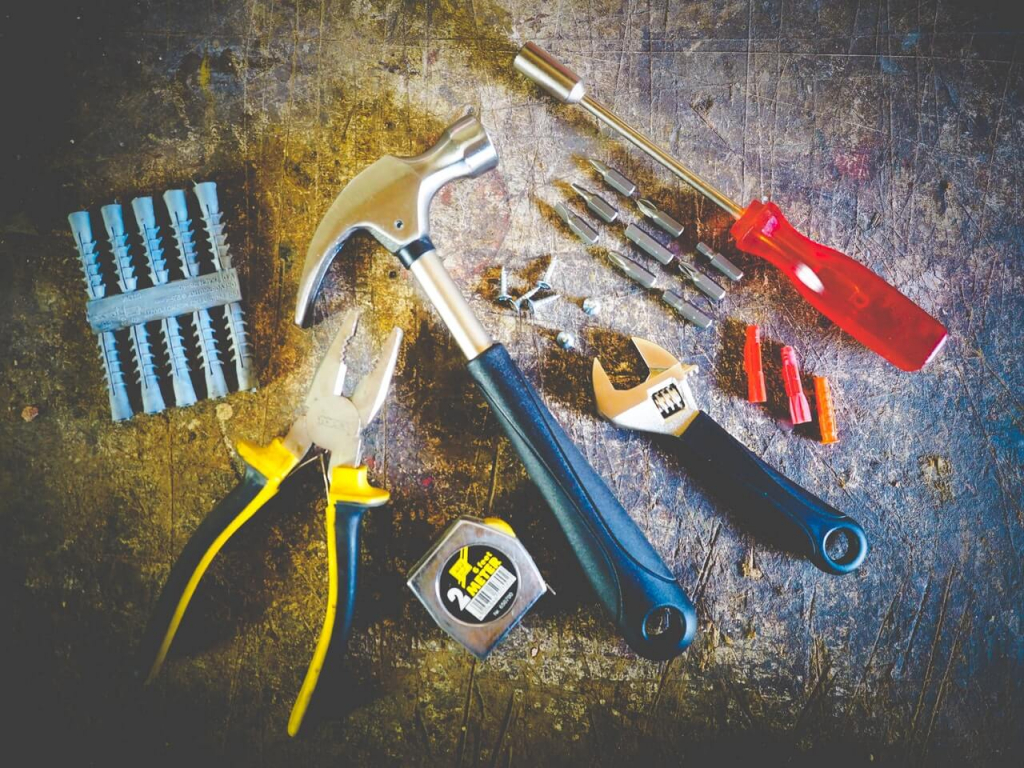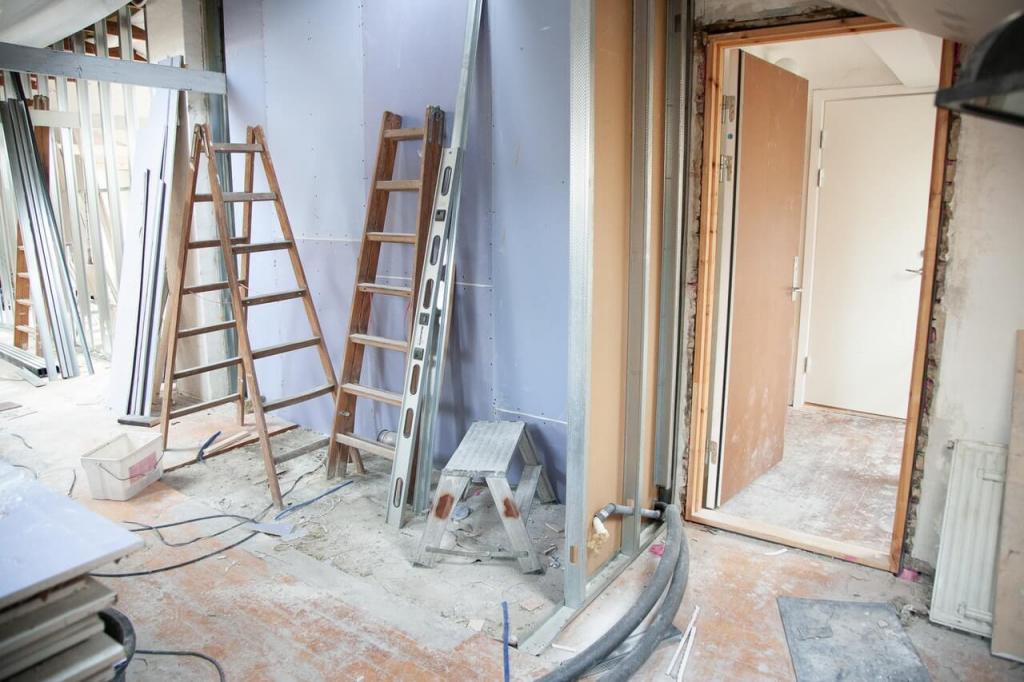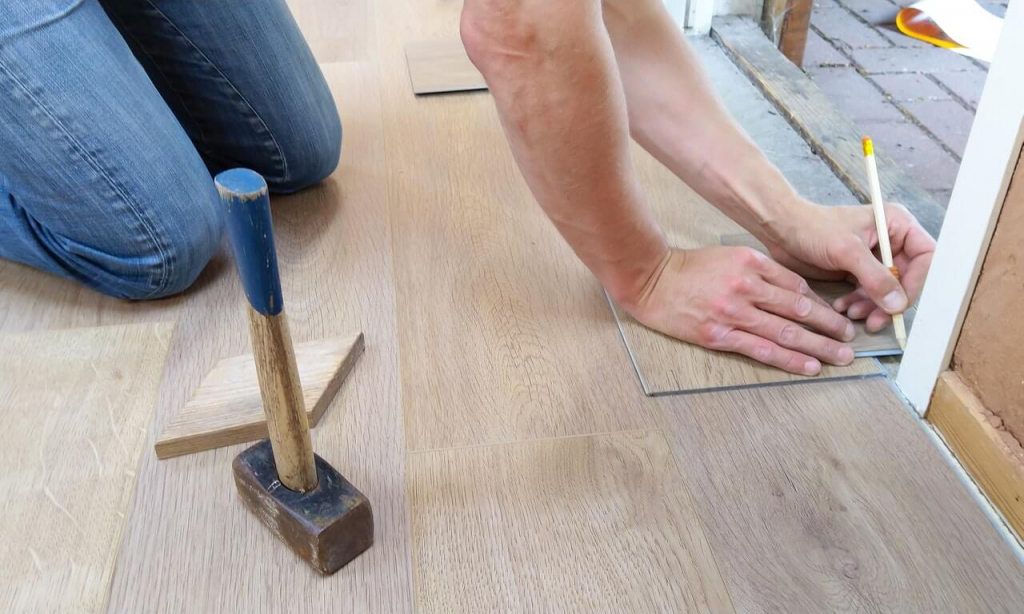As a landlord, you need to know the difference between repairs and improvements because both expenses have different impacts on your tax. One of the main differences is that deducting improvement expenses runs for several years. Repair costs, on the other hand, can entirely be listed on the same tax year.
What can be considered repairs?
A repair is a process of fixing something to revive it in its working condition. Sometimes it is called operating expenses. Examples of repair costs could include patching a ceiling or carpet, or buying a replacement part of an appliance, or even for toilet unclogging services.
Repairs are not as elaborate or high-cost as an upgrade. They simply extend the life of a structure, appliance, piece of furniture, or an amenity.

As mentioned earlier, you can list 100% of the repair costs as a tax deduction on the same tax year. That is why, as a landlord, you need to keep all receipts and record all the repair expenses you have spent. You can even go the extra mile by digitizing your record so that you can easily keep track of your business expenses.
What can be considered improvements?
Improvements are also known as upgrades. If repairs are for extending the life of a structure or appliance, making improvements is completely replacing or adding something. They are usually more expensive than repairs. Examples of this is bathroom remodeling, new and high-end appliances, roof replacement, or new HVAC system,
Because improvements often require a large sum of capitalization and adds value to the property, the cost of each improvement is recuperated in the course of its determined useful lifetime (a.k.a depreciation). That means that tax deductions from upgrades is not claimed all at once in one tax year.

The IRS has specific timeframes for the depreciation of different improvements, which determines how much tax deductions you can write off every tax year.
For example, the depreciation schedule for a new appliance is five years. If you spent on a new stainless steel refrigerator for $3,000, you could claim 1/5 of that as a tax deduction every year for five years, which is $600.
Final word
Knowing the difference between repairs and improvements is one way you can maximize tax deduction and strategize how you handle your business expenses.

On top of that, perfectly functioning amenities and upgrades can also be strong selling points when you market your property on platforms like Padleads. Since it could reach a wider audience because the platform allows you to syndicate your listing to other popular websites, more rental applicants would be eager to reach out to you.
Just make sure to document all the repairs and upgrades spent on your rental property. That way, you can take advantage of all tax deductions and save a lot of your rental income.